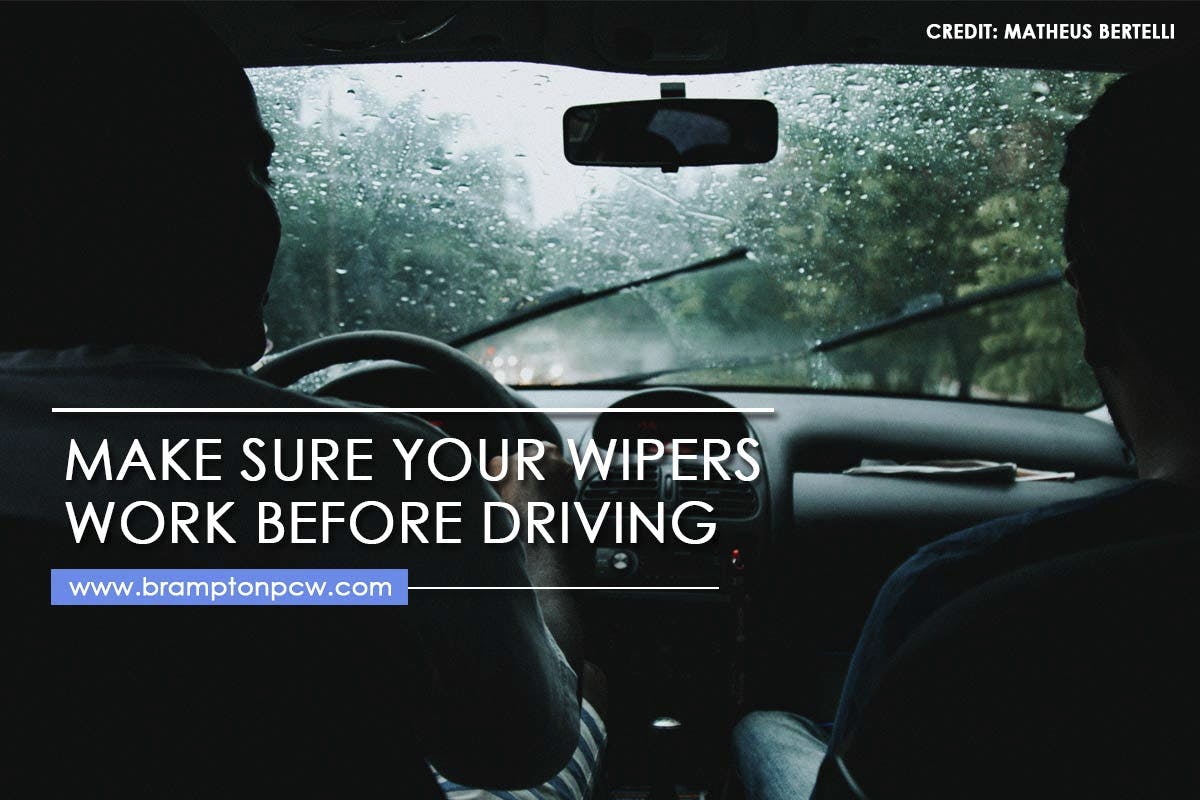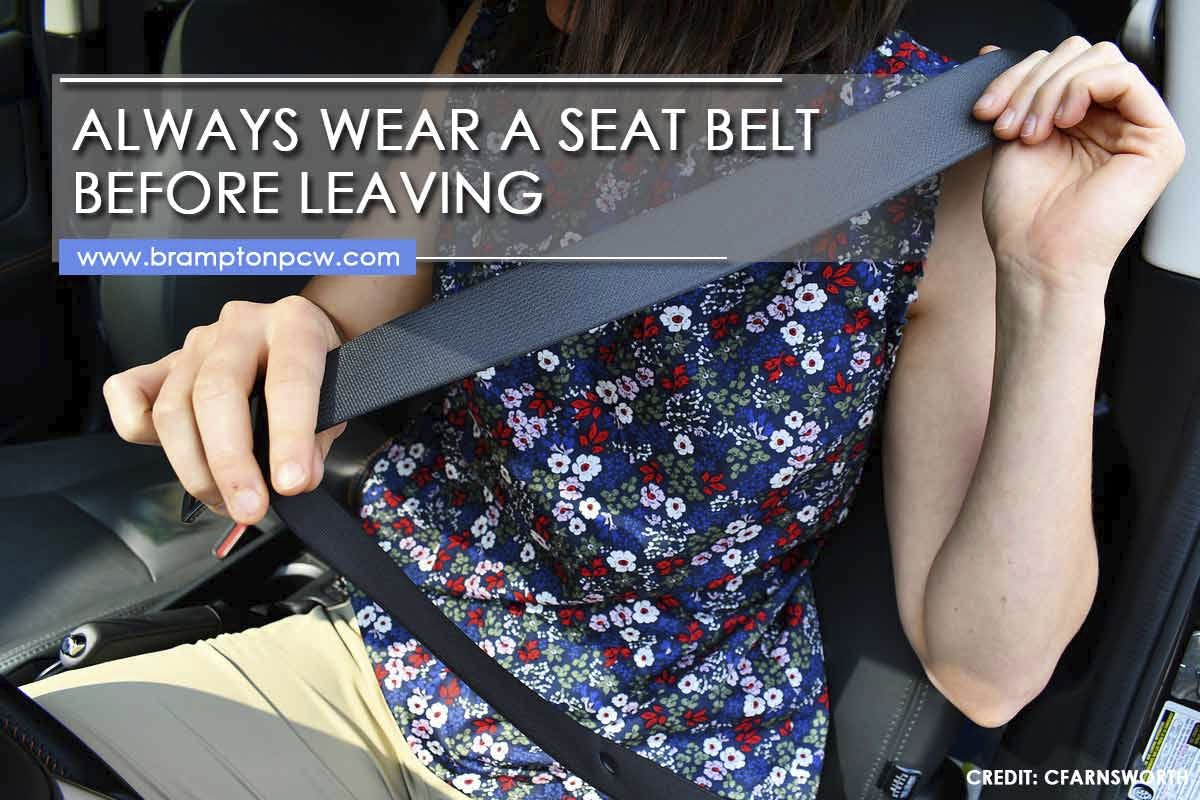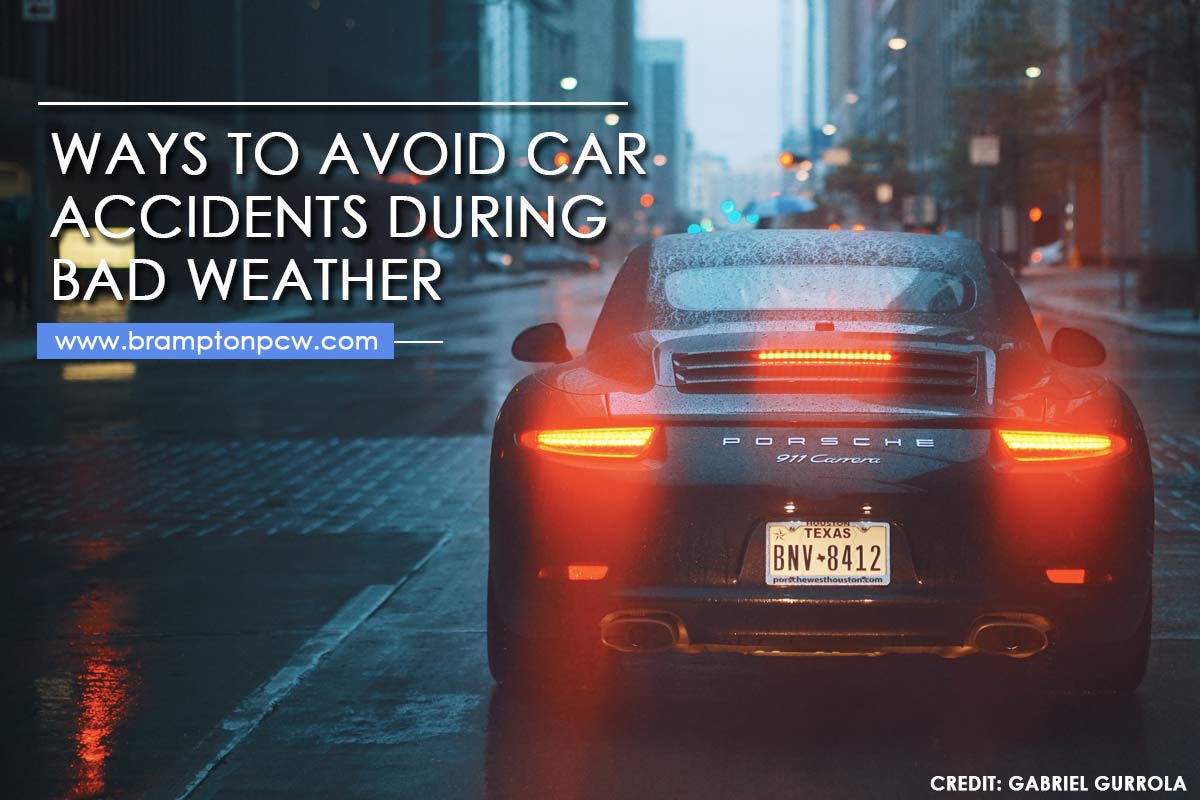Bad weather, whether it’s a winter storm or cold, wet autumn rain, usually means it’s time to stay inside, snuggle under a blanket, and drink something warm. However, when you need to drive, you need to drive. Even if you’re an experienced driver, driving in bad weather can be a risky prospect. The slippery roads and blurred vision can make driving more dangerous than it usually would be.
According to statistics, car accidents are more common with wet or slippery roads. Most drivers typically drive slowly and more carefully to prevent such an outcome. It’s generally wise to take some precautions to help keep yourself safe and avoid an accident. Here are some things you can take note of to drive more safely during bad weather.

- Always inspect your car - Before hitting the road, it pays to ensure your vehicle is in tip-top condition. Pay special attention to the car’s lights, brakes, battery and windshield to maximize safety for yourself and other drivers. For example, having fully operational headlights (especially during heavy rain) is a must to ensure your safety. Inspect the bulbs and replace them when they’re in poor condition; yellow bulbs make a better contrast against the rain. Make sure your windshield and rear window wipers are in good working condition as well. These parts are vital to ensuring clear vision as you drive.

- Drive slowly - Most drivers tend to slow down a little to avoid losing control. That’s a wise move; there are plenty of last-minute distractions that can take a driver by surprise (e.g. bumps and splashes). With the rain making road conditions more difficult, taking things slow can make the trip much easier and safer.
For extra safety, slow down when approaching puddles and deep curves. Spraying water can affect your visibility and that of other drivers. It’s also difficult to tell how deep a puddle is before driving over it. Play it safe when approaching the unexpected to keep the roads safer. However, match your speed to the traffic speed to avoid going too slow. Too much of a good thing can become bad, so it pays to keep an eye out and match the pace of traffic.

- Keep a safe distance - Even when driving under normal conditions, most drivers keep some distance between themselves and other cars. With poor road conditions, it’s generally wise to widen the gap between your vehicle and others and avoid an accident. Having some extra distance helps give you more time to adjust yourself in case of sudden changes (e.g. when the driver in front of you stops or moves suddenly). Resist the temptation to get too close when you’re stuck in traffic. It’s much safer to err on the side of caution and keep your distance.
- Use your lights properly - Weather can do a number on your visibility, making your lights a priority. Switch your headlights on once it starts to rain, even during the day. The extra light makes it easier to see, even as the weather makes it harder to see. Refrain from using high beams; use low beams instead. Low beams and fog lights make it easier for other drivers to see you more clearly. High beams, however, are too bright and can blind other drivers on the road.
Avoid using your hazard lights, as well. Hazard lights are meant to signal that you’re not moving and that your car is a hazard. Using them while moving can also be a distraction for other drivers.

- Always wear a seat belt - In case of a crash, a seat belt may save your life. Emergency measures like seat belts and airbags are meant to save lives in case of a collision. Think of them as a way to avoid a dangerous car accident if a crash occurs. After all, as the saying goes, “Better to have them and not need them, than to need them and not have them.” Also, check that your seat belts and airbags are in good condition, along with the other routine checks you perform for regular maintenance.
- Watch out for hydroplaning - One common hazard of driving on wet roads is hydroplaning. Hydroplaning is the technical term for when your car is driving over a film of water on the road rather than the road itself. When your vehicle starts hydroplaning, it’s easy to lose control now that the car is moving over a more slick surface, making it more prone to sliding.
When you feel yourself hydroplaning, take your foot off the gas very gradually to slow the car down. Place both hands on the wheel and hold it straight to keep the vehicle steady until you regain full control. Avoid quick braking when on a wet or slippery road in general to maintain better control over your car. Anticipate your need to accelerate or slow down, and drive proactively.
- Plan ahead - Ideally, you should drive when it’s not raining so you have more control when you drive. However, if you do have to drive, drive smart. Plan out your route to your destination before you ever get out of the house. It’s an excellent way to pick the safest way to get where you need to be, especially if there are places on the way prone to flooding. Always check the weather and traffic conditions before you leave to give yourself the best chance when you start driving.

- Keep both hands on the wheel - When you have ample experience and you’re comfortable with driving, you might take it easy while you travel (e.g. driving one-handed). However, in adverse road conditions, maintaining control is essential. Always grip the steering wheel with both hands to maximize control over your car. This gives you complete control in case of any unexpected situations (like a slippery patch of road or another vehicle suddenly braking).
With that in mind, refrain from multi-tasking as you drive, especially when it’s raining cats and dogs. Especially avoid tasks like sipping drinks or changing the music that need you to divide your attention and use your other hand.
Avoiding a car accident is the most effective way of preventing the injuries that can come with them. While there are physiotherapy treatments that can help treat those injuries, the best outcome is to avoid them altogether. These steps can be a great help for any safety-conscious driver; use them yourself to help stay safe on any wet, treacherous roads.
When the worst happens, you deserve high-quality care to help you get back on your feet. At Brampton Ortho Neuro Physiocare, we offer the care, attention, and compassion you need. We offer a wide range of services designed specifically for each patient to help them recover quicker and with considerably less pain.
Give us a call at (905) 454-4975 or visit our contact page to book an appointment.







